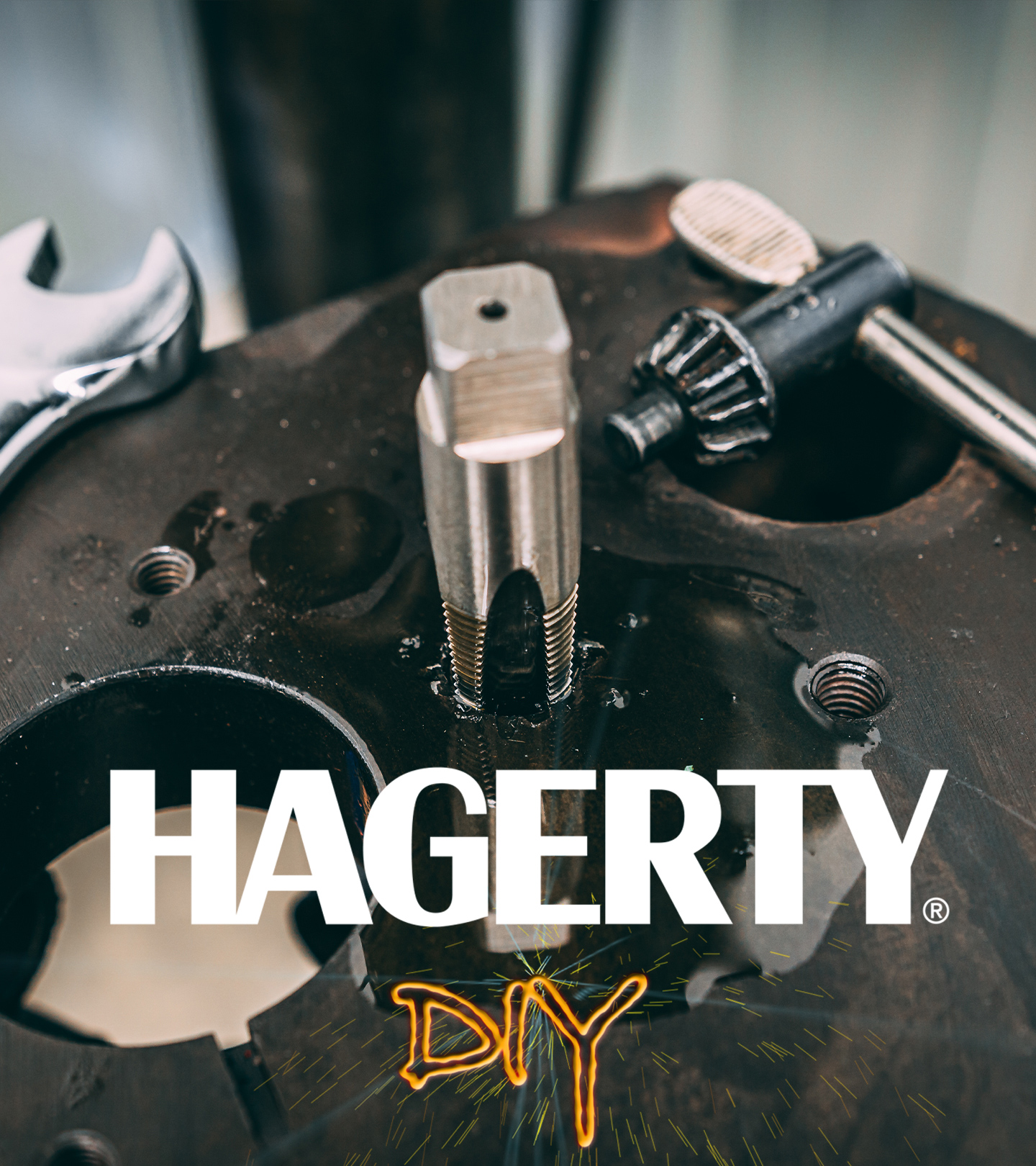The nitty gritty details of our Dodge Demon Redline Rebuild - Hagerty Media
In the latest Redline Rebuild, a menacing, 840-hp Dodge Demon honored us with a visit to the Hagerty garage. Now, for the behind-the-scenes, black-magic details on how the build came together, watch here. You can watch Davin assemble the beast in just five minutes, but if you want the behind-the-scenes details, Ben and Davin are here to talk about how it all came together.
The 6.2-liter V-8 features a 2.7-liter supercharger pressurizing the intake to 14.5 pounds-per-square-inch. With just 3300 units sold in the U.S. and Canada, Davin was eager to peek inside the exclusive powerplant and see just how the engineers at SRT coerced record horsepower numbers from the iron-block Hemi.
“Looking at piece by piece, I don’t want to say it’s unremarkable, but the individual parts are relatively normal,” Davin says. “It is certainly a case where the sum is greater than its parts.”
While cleaning parts for the next Redline Rebuild, Davin admits there wasn’t one big secret hidden under the SRT’s massive supercharger. Instead, the big Hemi benefitted from many small increases that stacked up to make an efficient and powerful package.
Another item that stuck out to Davin was the lack of keyways on many of the press fit rotating items, like the crankshaft pulley and supercharger rotors. The bolts holding the pulley on each these items is torque-to-yield, like many of the fasteners in this engine. The trick is that clocking, or accurately aligning, the pulleys or supercharger vanes can only be done with a factory jig or fixture.
Torque-to-yield hardware it tightened with a standard torque wrench and then further rotated a prescribed number of degrees. For example, the connecting rod bolts were 45 ft-lbs plus 90 degrees. This process stretches a bolt for additional clamping force in critical areas.
Davin also points out a detail some people might overlook—the gaskets. For this usually cheap part, the Demon eschews traditional cork or paper gasket materials. Instead, the Demon’s gaskets are thin steel with perfectly placed silicone to seal the mating surfaces. The idea is to eliminate the need to hand-apply any additional sealant, further reducing the chance for human error. The oil pan gasket is the exception here, requiring four small dabs of Permatex sealant to cover gaps created by the timing cover and rear main bearing.
The Demon Hemi is a hefty package by almost every definition and measurement, but it clearly translates to big horsepower. It’s insanely impressive, and once you have seen inside the SRT Demon engine from the oil squirters to the massive supercharger, there is no going back. Davin raised a Demon, and we all get to enjoy it.
- 1
- /
- 3










